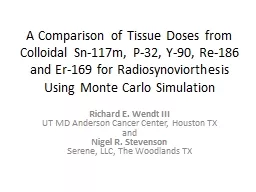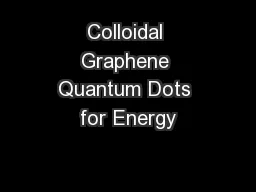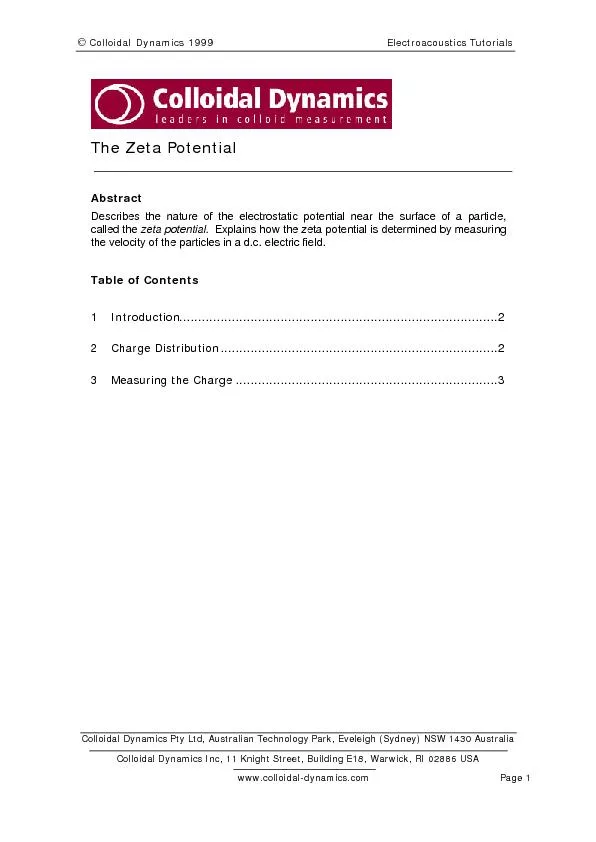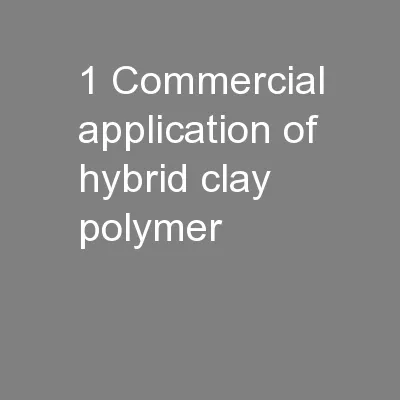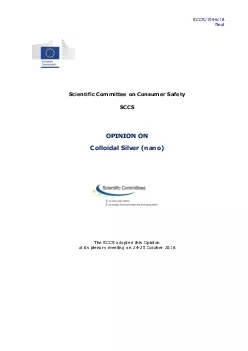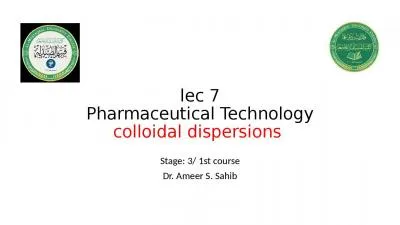PPT-A Comparison of Tissue Doses from Colloidal Sn-117m, P-32, Y-90, Re-186 and Er-169 for
Author : myesha-ticknor | Published Date : 2018-03-16
Richard E Wendt III UT MD Anderson Cancer Center Houston TX and Nigel R Stevenson Serene LLC The Woodlands TX Acknowledgment and Disclosure The work of REW was supported
Presentation Embed Code
Download Presentation
Download Presentation The PPT/PDF document "A Comparison of Tissue Doses from Colloi..." is the property of its rightful owner. Permission is granted to download and print the materials on this website for personal, non-commercial use only, and to display it on your personal computer provided you do not modify the materials and that you retain all copyright notices contained in the materials. By downloading content from our website, you accept the terms of this agreement.
A Comparison of Tissue Doses from Colloidal Sn-117m, P-32, Y-90, Re-186 and Er-169 for: Transcript
Download Rules Of Document
"A Comparison of Tissue Doses from Colloidal Sn-117m, P-32, Y-90, Re-186 and Er-169 for"The content belongs to its owner. You may download and print it for personal use, without modification, and keep all copyright notices. By downloading, you agree to these terms.
Related Documents

